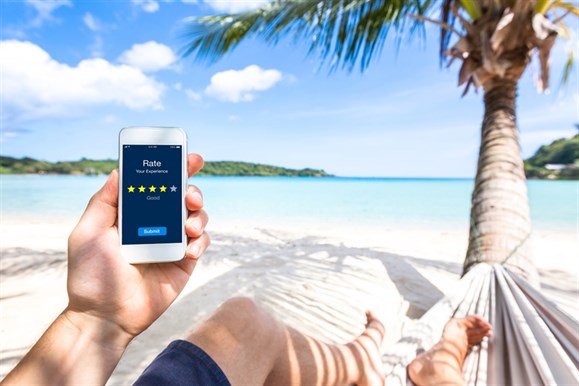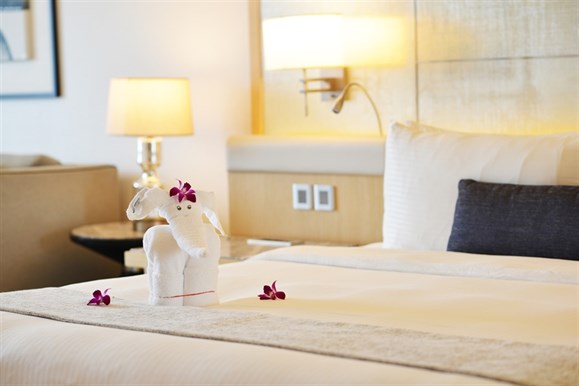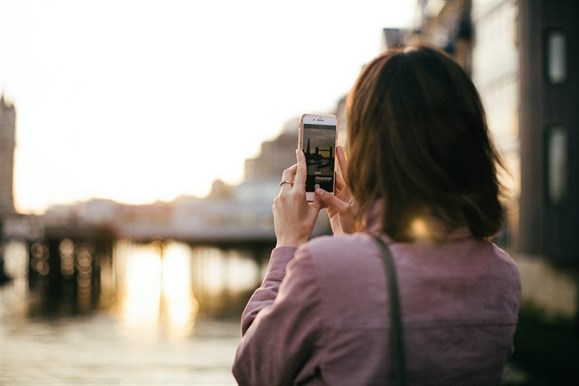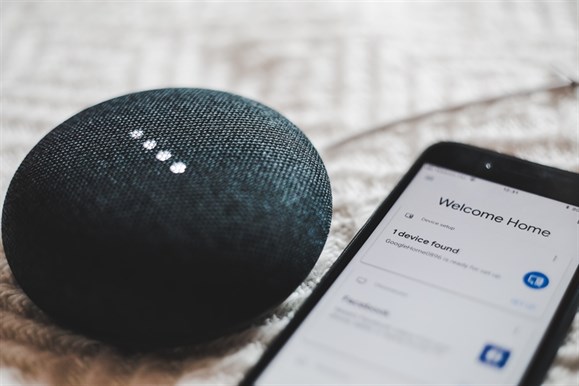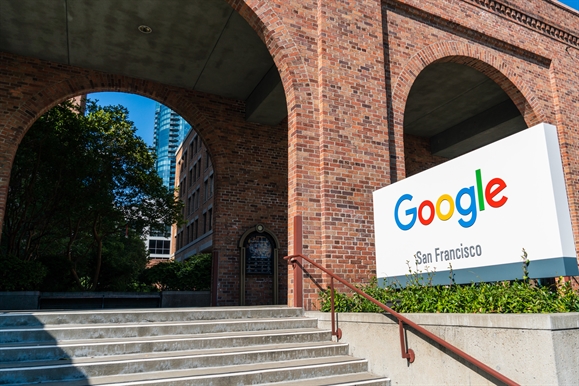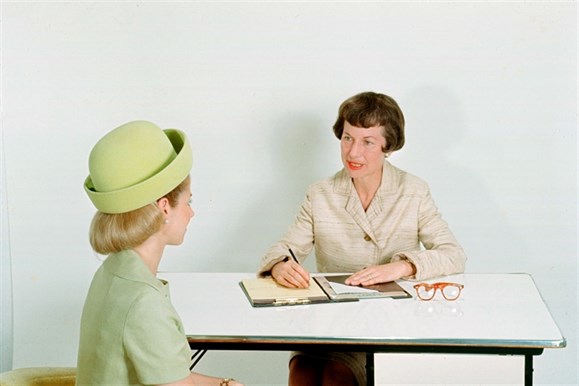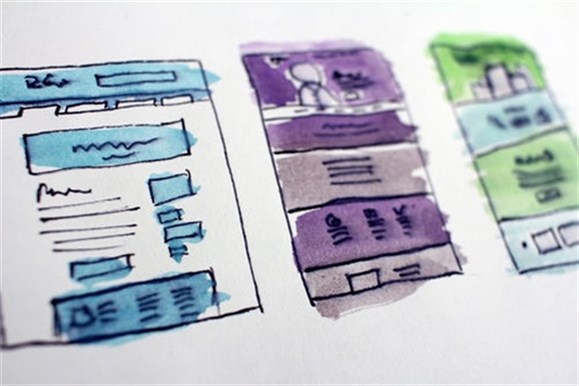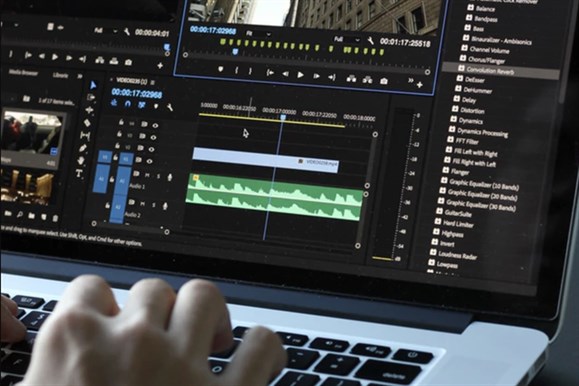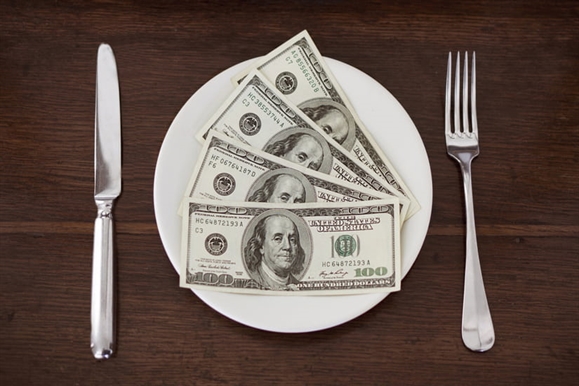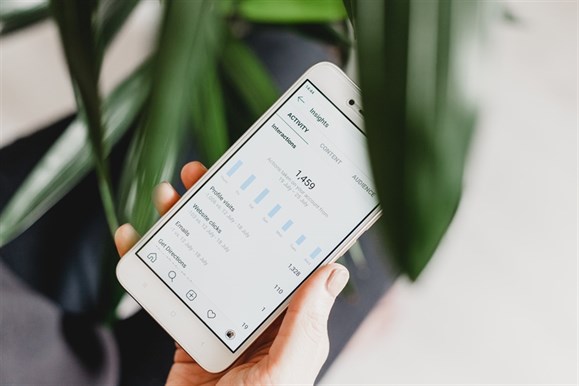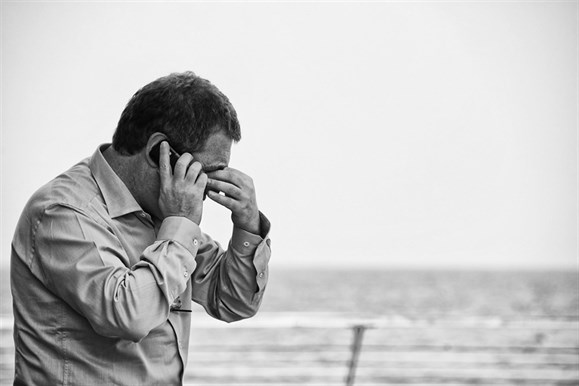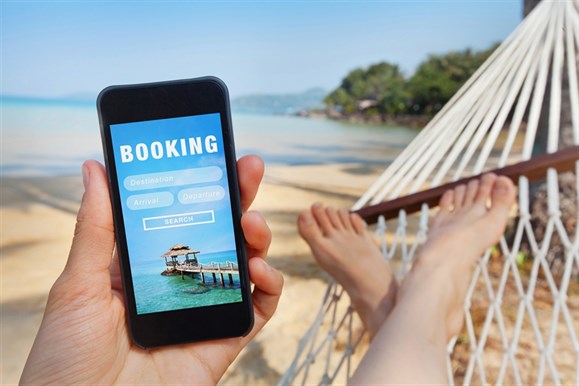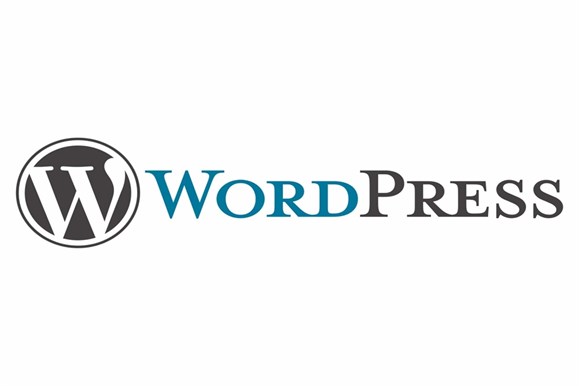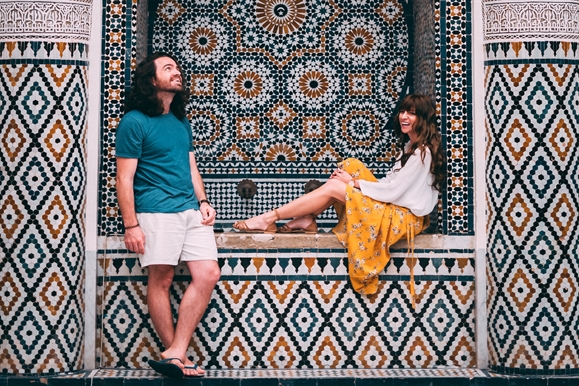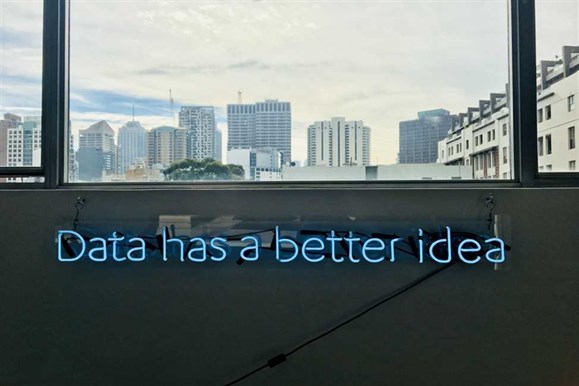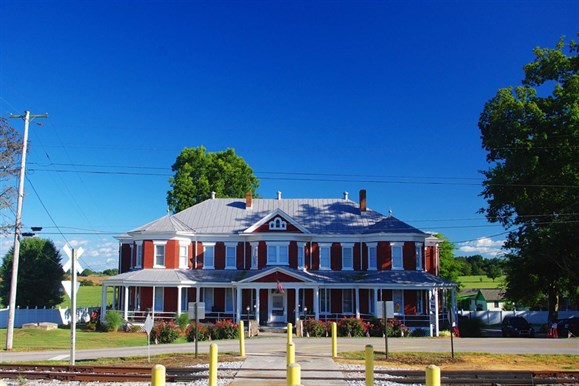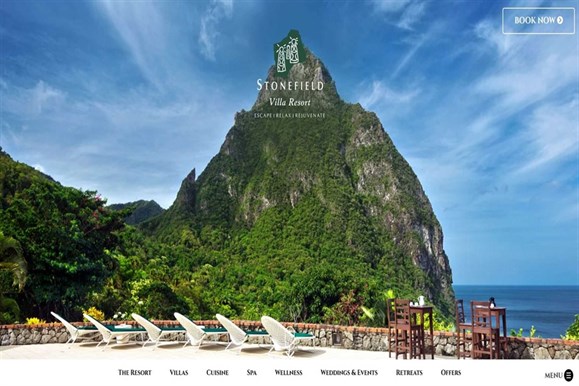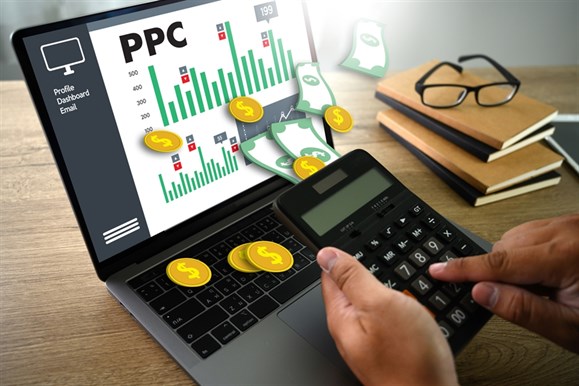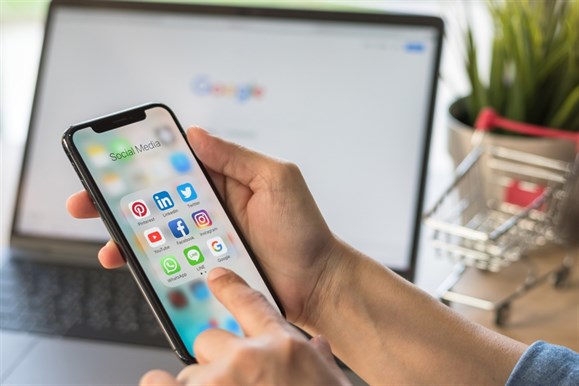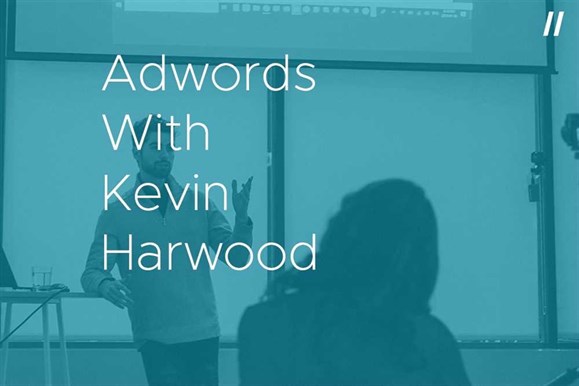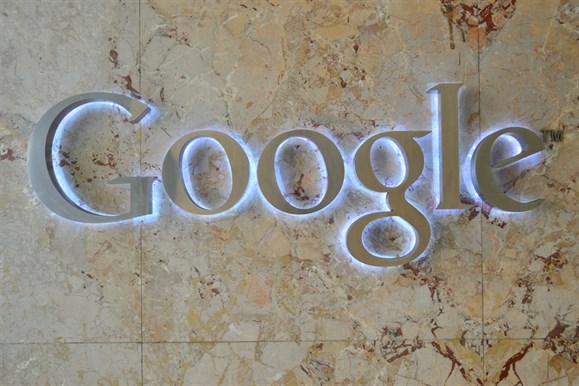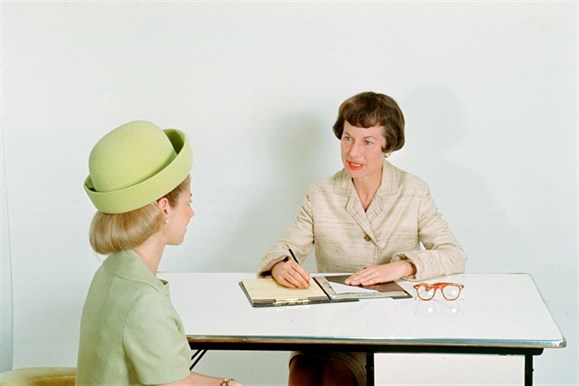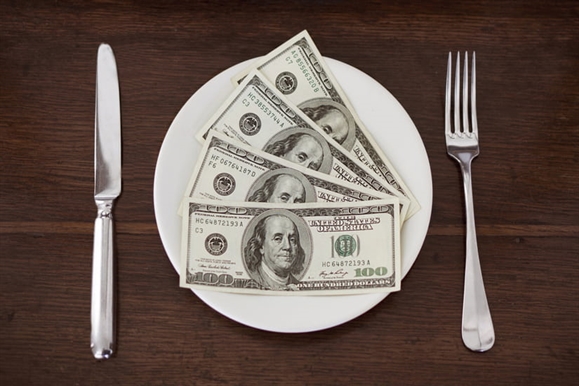-
Digital Marketing
, Hotel Booking Technology
, SEO & PPC
, Web Design
How to Recover from Independent Hotel Bookings Disorder
Unhealthy dependencies – whether in one’s personal life or in business – are no joking matter. Over-reliance on any one thing can be fundamentally unhealthy. Thankfully, the old adage that ‘recovery starts with acceptance’ is equally true in business as in life.
A study of the independent lodging market shows that owners overwhelmingly accept as unhealthy their heavy reliance on third-party reservations (OTAs). Almost 40% of hotels and resorts now cite the cost of OTA reservations as their biggest marketing challenge*.
Driven by market and technological forces, independent hotels (unbranded in particular) have ceded their online marketing efforts to the OTAs and their collective billion dollar-plus marketing budgets. Branded properties, though, are less reliant on OTAs thanks to their chain and brand’s centralized marketing muscle.
To regain healthier profits, Independents must now to tip the scale in favour of higher margin direct bookings to cut commission costs from their OTAs. Digital Hospitality respectfully suggests a 12-step process to recover from this ‘independent hotel bookings disorder’.
Step 1: Find an Online Marketing company with Hospitality Expertise
There’s a reason why medical specialists exist in addition to general practitioners: they have the unique experience needed to cure specific maladies. The same holds true for digital marketing for direct bookings. Generalist digital agencies just can’t cut it – it takes sector knowledge to thread the online hospitality needle, so to speak.
Step 2: Your property has a unique story. Tell it clearly and wisely.
Just as few medical patients are identical, neither are any hotel properties exactly the same. Whether you operate an airport hotel, a beachfront resort, or a quaint B & B, your amenities and proximity to local attractions and events will differentiate you. The more you sing their praises to site visitors, the more you encourage them to book directly.
Step 3: Your Online User Experience is like your Guest Experience
Convenient. Inviting. Friendly. Helpful. Intuitive. Attractive. These words should describe your property’s website as much as the property itself. Using online hospitality marketing techniques, you can draw prospective guests to a website that makes them feel welcome, at home, and more inspired to click on the ‘Book Now’ button.
Step 4: Commission SEO-informed Website Content rather than Commissioning OTAs
Since guests research properties using Google or Bing, your website needs to be populated with words that serve as organic search catnip for these engines. If dependencies exist, you want them to be between potential guests, their favourite search engine, and website content designed to attract both.
Step 5: Campaigns that Make Sense for your Season and Location
Guests research hotels and resorts because they’re planning on a wedding or attending a festival or some other seasonal event. Creating and executing specific promotional campaigns across your digital properties is the best way to book them to your physical property.
Step 6: Complement your ‘Organic SEO Search’ with Paid Advertising
A healthy online marketing strategy sits on the three-legged stool of search engine friendly content (SEO), reputation management (addressing online complaints), and Pay-per-Click advertising (PPC). Take one leg away and the entire strategy becomes unstable. The third leg of PPC is an important science that requires hospitality know-how and artistry.
Step 7: Target them and Re-Target them
Only a small single-digit percentage of targeted visitors will convert to a booking on their first site visit. But after they leave your website, you can target them again and again with re-marketing display ads. They’re a highly efficient way to raise brand awareness while increasing ‘book now’ click-through rates.
Step 8: The ABCs of A/B testing
A/B testing is a controlled experiment that compares two versions of a webpage to determine which one converts direct bookings best. A: start with a pre-existing page or a new one. B: change some variants (a headline or an offering, etc.) and then compare the traffic to the original. C: Repeat until ROI is maximized.
Step 9: If you Blog it, they will come
You came here, didn’t you?
Step 10: Location marketing attracts the best kind of audience: active lookers
The vast expanse of the digital universe is no place for a hotel’s message. Specific locations revealed by a hotel’s analytics as having the highest quality traffic, are. Targeted location marketing equates to more direct bookings. Hence greater marketing ROI.
Step 11: You’ve invested in your Email marketing list. Now leverage it for direct bookings.
You don’t need an degree in mathematics or marketing to calculate the Lifetime Value of an email subscriber. Email marketing, the first successful online marketing application, is still around for a reason: it ranks just behind search engine marketing and referrals in effectiveness.
Step 12: Increase direct bookings to lower OTA commissions for indirect bookings.
Recovering from the disorder of OTA addiction begins with acceptance and ends with an independent property website optimized to generate direct bookings, supported by a sequence of marketing tactics using specific seasonal, location, and event-focused digital marketing campaigns.
*Source: Phocuswright and h2c Independent Lodging Market Special Projec
Keep Reading
 Prev Post
Prev Post 



 Back to Blogs
Back to Blogs